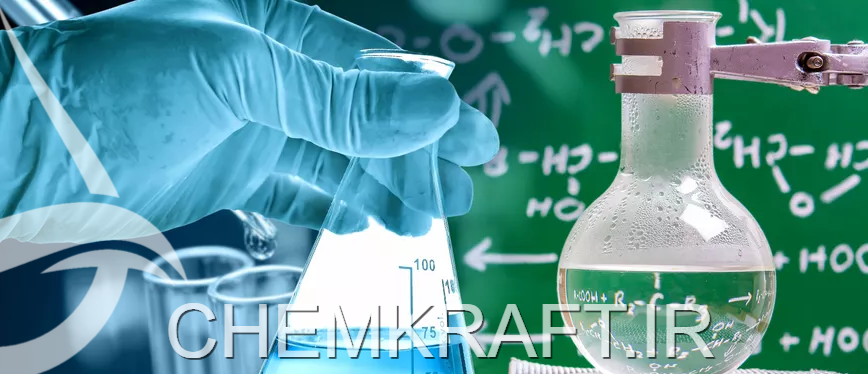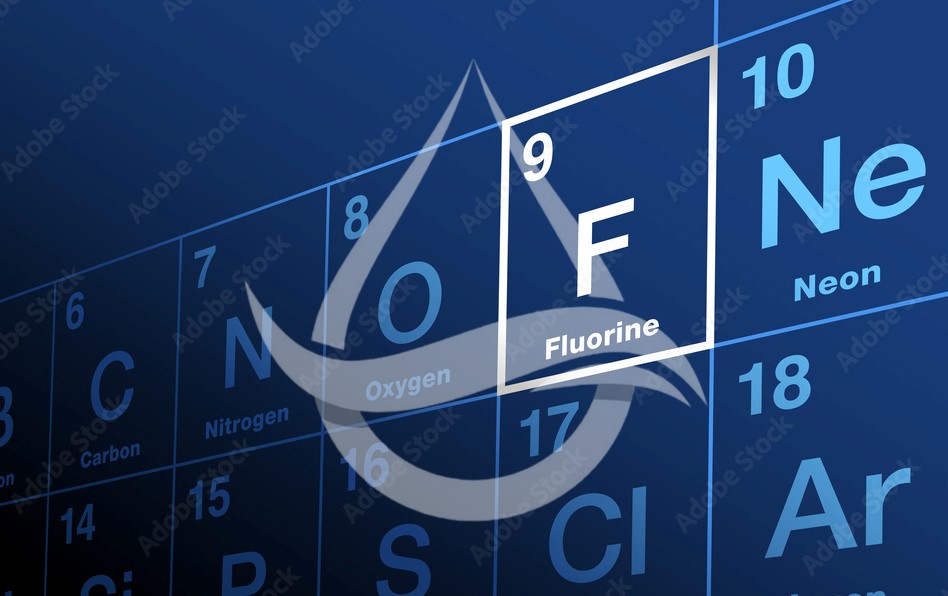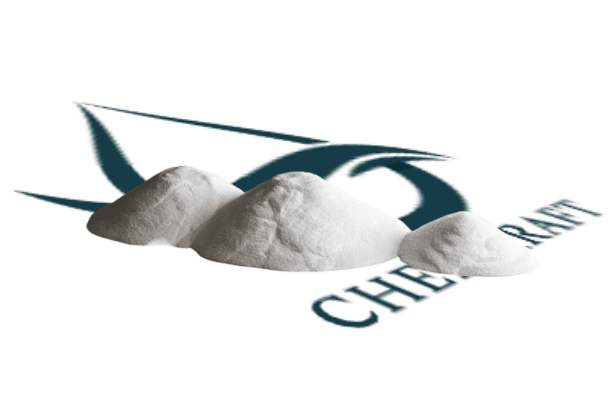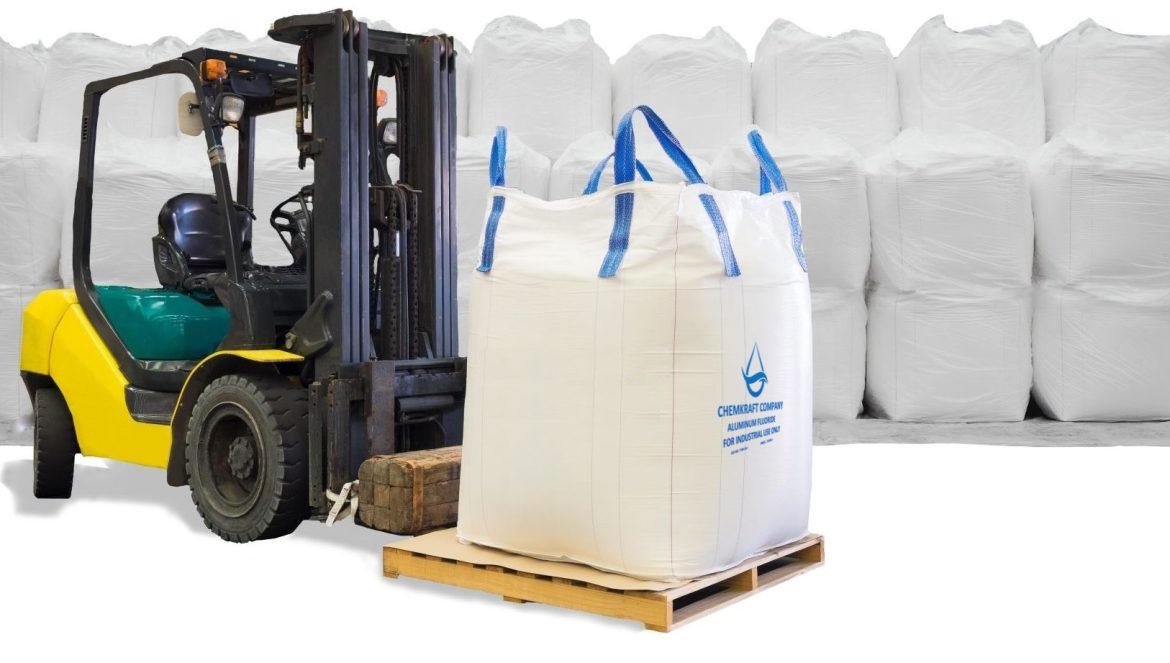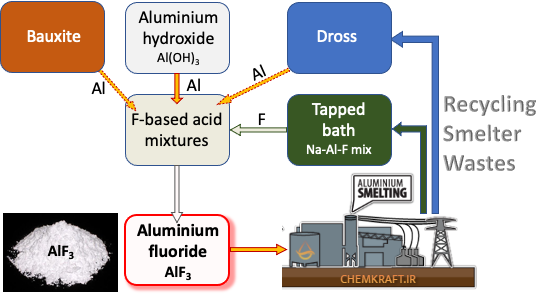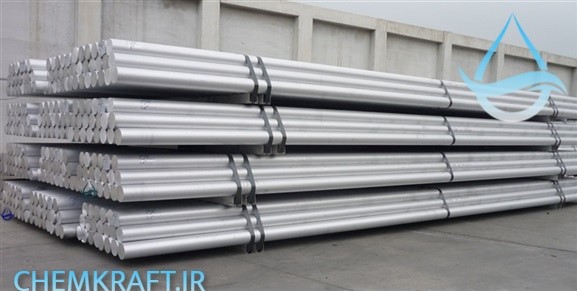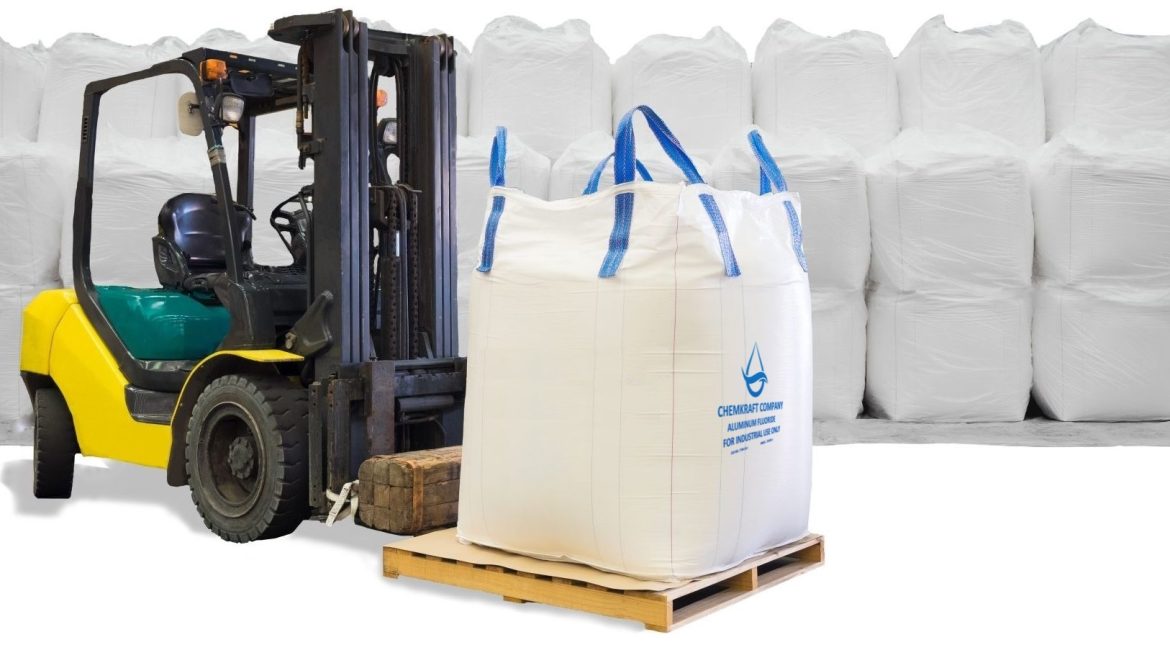- In addition to drugs and polymers, fluorine chemical products play an important role in materials science.
- For example, researchers use fluoride salts such as sodium fluoride and ammonium Bifluoride to modify the surface of metals and improve their corrosion resistance.
- Similarly, fluoride compounds are used as catalysts in various industrial processes
- which facilitate the synthesis of important chemicals and our ability to produce essential products such as refrigerants and lithium-ion batteries.
- In addition, the reactivity of fluorine allows its use in etching processes for semiconductor production, an integral step in the fabrication of advanced electronic devices.
1. Introduction
Ammonium bifluoride (NH4HF2) has been widely used as a precursor for hydrofluoric acid (HF) generation in various industrial processes. The production of HF plays a crucial role in industries such as electronics, glass manufacturing, and petroleum refining. However, the efficient generation of HF from ammonium bifluoride is dependent on several factors, with pH and temperature being key parameters. Understanding the impact of pH and temperature on hydrofluoric acid generation is essential for optimizing production processes and ensuring safety. This article aims to analyze the effects of pH and temperature on hydrofluoric acid generation using ammonium bifluoride as a precursor, providing insights into the factors influencing HF production and offering practical implications for industrial applications.
